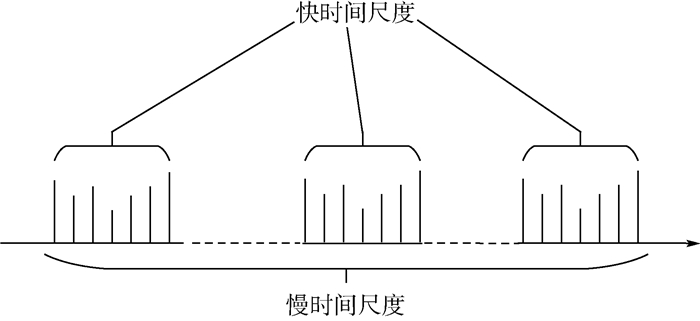In order to study the boundary layer transition phenomenon and the flow characteristics of flow around circular cylinder at high Reynolds number, the experimental results and the results that are obtained by using the Transition SST model and the SST k-ω model were firstly analyzed at typical Reynolds number, and the advantages of the Transition SST model was verified at high Reynolds number. Meanwhile, the boundary layer transition phenomenon and the flow characteristics were more accurately predicted. Then, the numerical simulations were performed in subcritical, critical, supercritical and over critical regions. The variation of flow field structure and the friction coefficient curve was analyzed under the different Reynolds number. The flow characteristics, flow mechanism of boundary layer transition, and variation of transition positions were studied. Results show that the boundary layer separates laminarly, and the flow does not form a separation bubble and transition phenomenon in subcritical region; in critical and supercritical region, the flow forms a separation bubble, and ultimately turbulent separation happens after transition occurs with the flow; in over critical region, the boundary layer separates turbulently after transition occurs with the flow, and the flow does not form a separation bubble; the more the Reynolds number is, the closer the transition position is to the front stagnation point of cylinder in critical, supercritical and over critical region.



